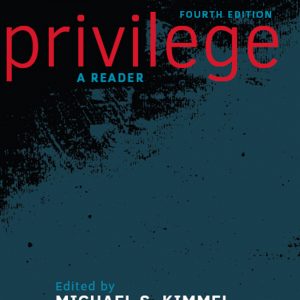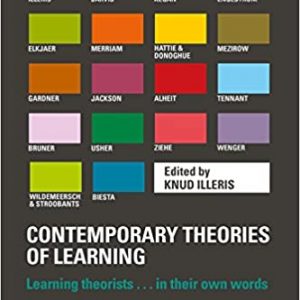The fourth edition of A Primer on Crime and Delinquency Theory is substantially less expensive than earlier editions and has been reformatted with a much more user-friendly layout. The primary purpose for writing this edition, however, has not changed since the first edition: to provide both undergraduate and graduate students with a relatively brief but comprehensive exposition of crime and delinquency theories. The book should prove useful either as a primary text (with or without instructor supplements) or as a supplement to other texts, anthologies, or collections of journal articles.
As noted in the first three editions of this book, although many fine criminological texts are on the market, none of them precisely provides the material in a manner that the authors believe students of crime and delinquency theory ought to receive. For example, some texts contain much more material than ever can be covered satisfactorily within the time constraints of an academic semester or quarter. Consequently, instructors are forced to ignore some theories or offer a superficial rendering of some of the theories that they do present. With this slim volume, instructors need not worry about such time constraints but still can be confident that they are presenting a reasonably comprehensive description. Some texts focus only on one or another theoretical perspective and thus ignore the rich multidisciplinary nature of crime and delinquency theory. For example, many criminological texts present only sociological theories, or, when other theories are examined, they are given short shrift. This text, though brief, is comprehensive and multidisciplinary in its scope.
Few of the available criminological texts provide an adequate introduction to theory. For example, conspicuously missing from these texts are discussions of the critically important issues of the philosophical assumptions on which all theories are based and how theories can be judged in relation to each other. This book rectifies each of those omissions. Also, although other texts present descriptions of the theories, few of them identify the policy implications that are either explicit or implicit in all theories. A major feature of this book is the description of the policy implications of the theories. Perhaps most importantly, very few of the available texts incorporate a comprehensive critique of the theories. Again, a principal feature of this book is a thorough critique of each of the theories.
A Primer on Crime and Delinquency Theory 4th Edition by Robert M. Bohm, Brenda L. Vogel and Publisher Carolina Academic Press. Save up to 80% by choosing the eTextbook option for ISBN: 9781611639230, 1611639239. The print version of this textbook is ISBN: 9781611636857, 161163685X.











